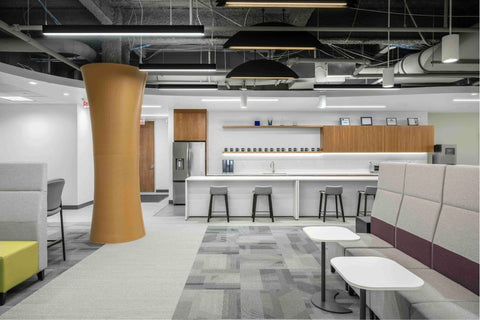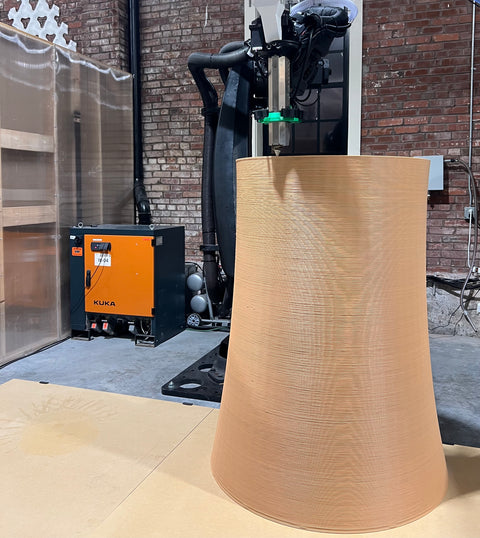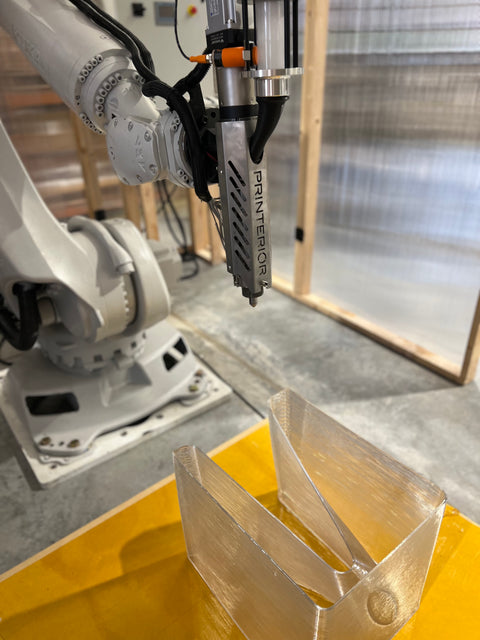In the ever-evolving landscape of manufacturing, sustainability and efficiency have emerged as pivotal factors driving industry innovation. As businesses strive to minimize their environmental footprint while maximizing productivity, one technology stands out as a beacon of hope: 3D printing. Traditionally viewed as a tool for prototyping and customization, 3D printing is now poised to revolutionize mass production with sustainable practices at its core.
Sustainable mass production through 3D printing represents a paradigm shift in manufacturing methodologies. Unlike traditional methods that often generate excessive waste and rely heavily on fossil fuels, 3D printing offers a more eco-friendly alternative. Here's how:
Reduction in Material Waste:
Traditional manufacturing processes often involve subtractive methods, where raw materials are carved away to create the desired product. This approach results in significant material wastage. In contrast, 3D printing utilizes an additive manufacturing process, building objects layer by layer from the ground up. This method drastically reduces material waste, as only the necessary amount of material is used, minimizing environmental impact and lowering production costs.
Energy Efficiency:
Conventional manufacturing processes typically require substantial energy consumption, whether it's through the operation of heavy machinery or the heating and cooling of industrial facilities. 3D printing, on the other hand, is inherently more energy-efficient. The localized nature of additive manufacturing means that energy is primarily directed towards the precise deposition of materials, rather than being dispersed across an entire production line. As a result, businesses can significantly lower their energy consumption and carbon emissions, contributing to a more sustainable future.
On-Demand Manufacturing:
One of the most compelling advantages of 3D printing is its ability to facilitate on-demand manufacturing. Traditional methods often involve large-scale production runs to achieve economies of scale, leading to overproduction and excess inventory. With 3D printing, businesses can produce items as needed, eliminating the need for large warehouses and reducing the risk of surplus stock becoming obsolete. This lean manufacturing approach not only minimizes waste but also offers greater flexibility and responsiveness to changing market demands.
Customization and Personalization:
In today's consumer-driven market, customization is key to capturing audience attention and fostering brand loyalty. 3D printing enables businesses to easily customize products to meet individual customer preferences without incurring significant additional costs. Whether it's adjusting sizes, colors, or designs, the flexibility of additive manufacturing allows for unparalleled levels of personalization. This capability not only enhances the customer experience but also streamlines the production process by eliminating the need for specialized tooling and molds.
Scalability and Cost-Effectiveness:
While 3D printing has long been associated with prototyping and low-volume production, recent advancements have made it increasingly viable for mass production. With the development of high-speed, high-resolution 3D printers and advancements in materials science, businesses can now leverage additive manufacturing for large-scale production at competitive costs. By optimizing production workflows and harnessing economies of scale, sustainable mass production through 3D printing offers a cost-effective alternative to traditional manufacturing methods.
In conclusion, the convergence of sustainability, efficiency, and innovation has propelled 3D printing to the forefront of modern manufacturing. By embracing sustainable mass production through additive manufacturing, businesses can not only reduce their environmental footprint but also unlock new opportunities for customization, scalability, and cost-effectiveness. As we navigate towards a more sustainable future, 3D printing stands poised to revolutionize the way we produce and consume goods, shaping a world where sustainability and profitability go hand in hand.







